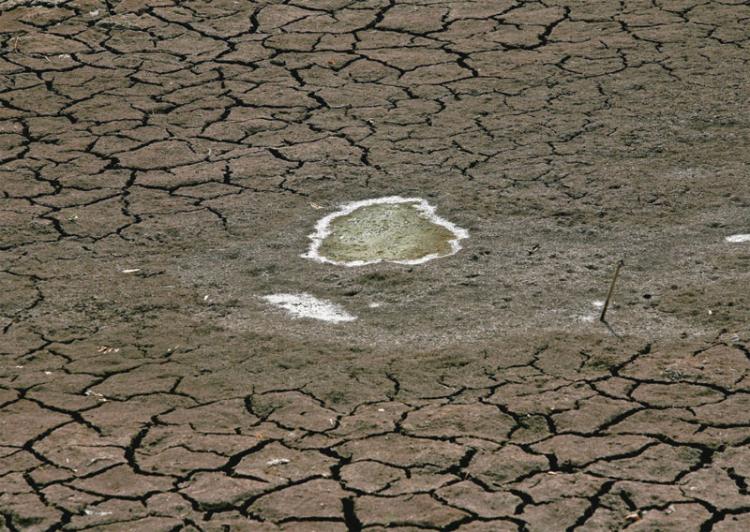China’s Water Diversion Project Blights People, Spoils Environment
Another ambitious water project causes protests over unfair resettlement compensation.

Due to water shortage China has been implementing hydro projects of unprecedented scale in the past 30 years under the Chinese Communist Party's directive of 'moving heaven and earth.' Getty Images
|Updated:





